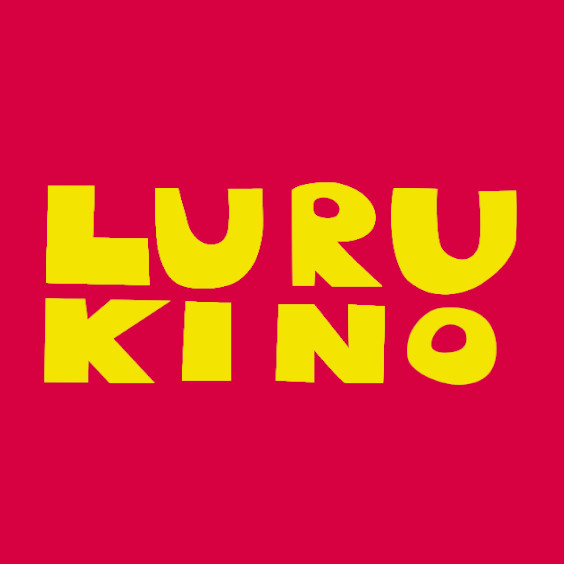Special | Cinema as protest – poetry as resistance
AFTER AMÉRICA
MX 2021, engl. OV, 7’, DCP
BATALLA

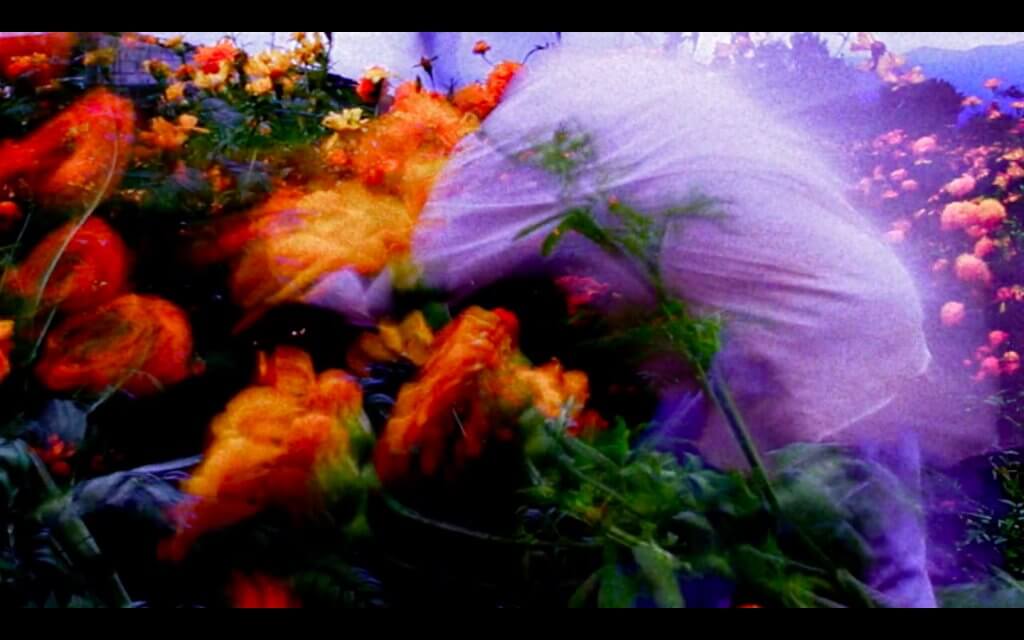
MX 2019, silent, 5’, DCP
BRUSSELS
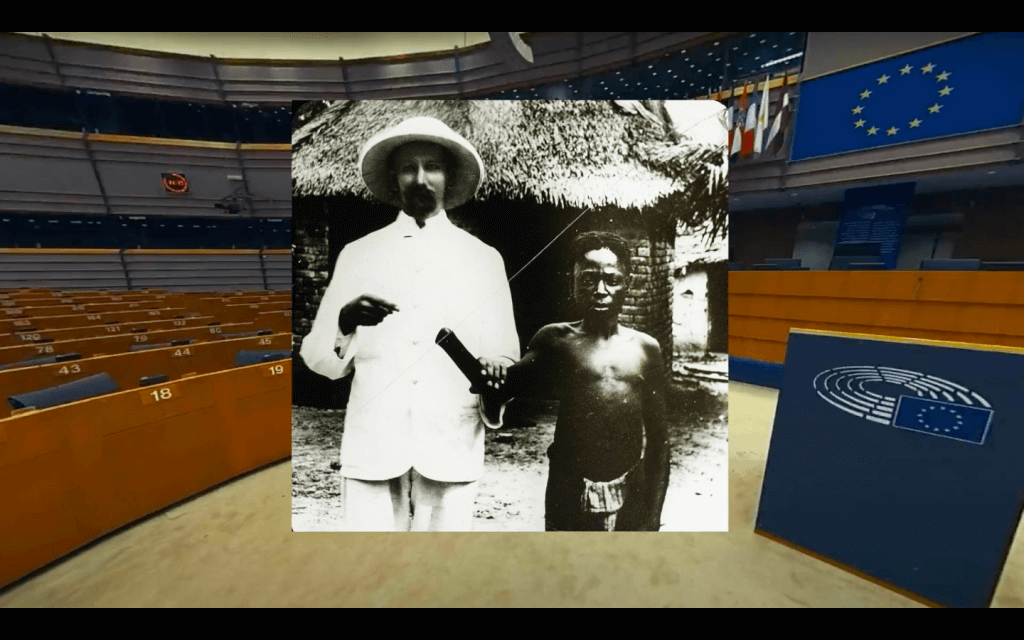
MX 2024, silent, 3’, DCP
COLONIAL TRANSFER
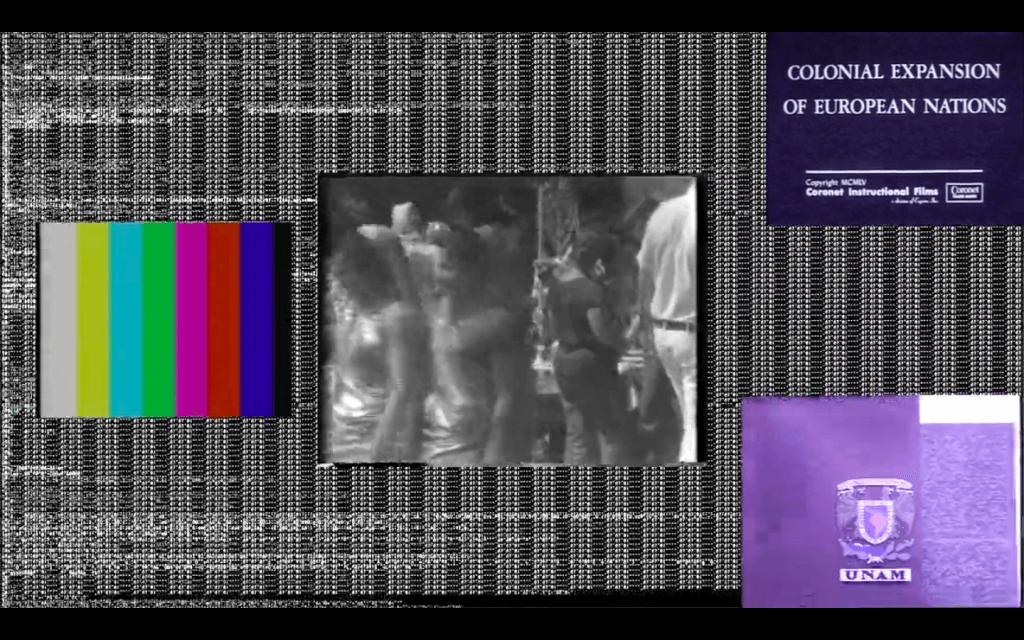
MX 2021, silent, 7’, DCP
COYOLXAUHQUI
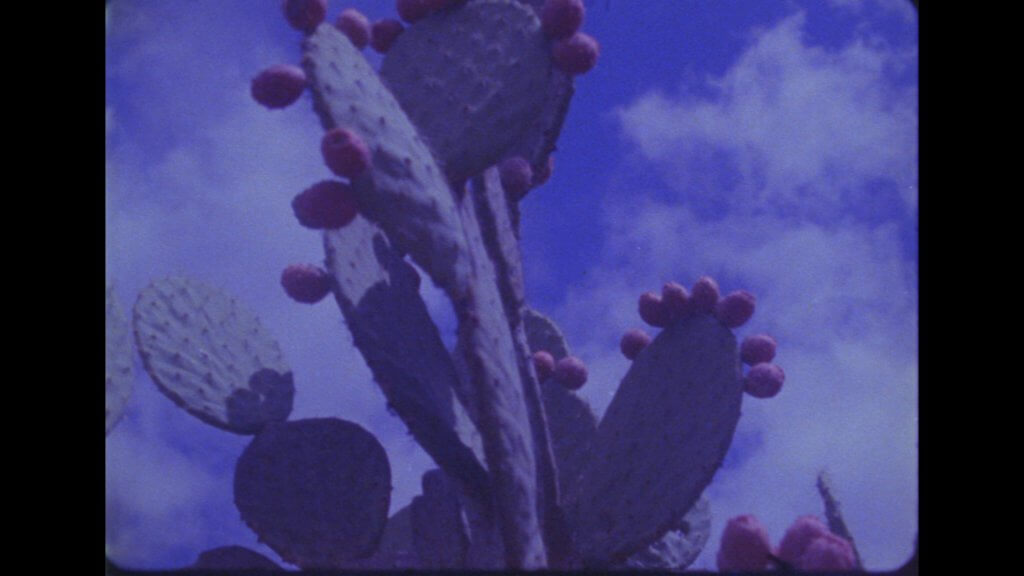
MX 2016, silent, 10’, DCP
EXTRACTIVISTAS
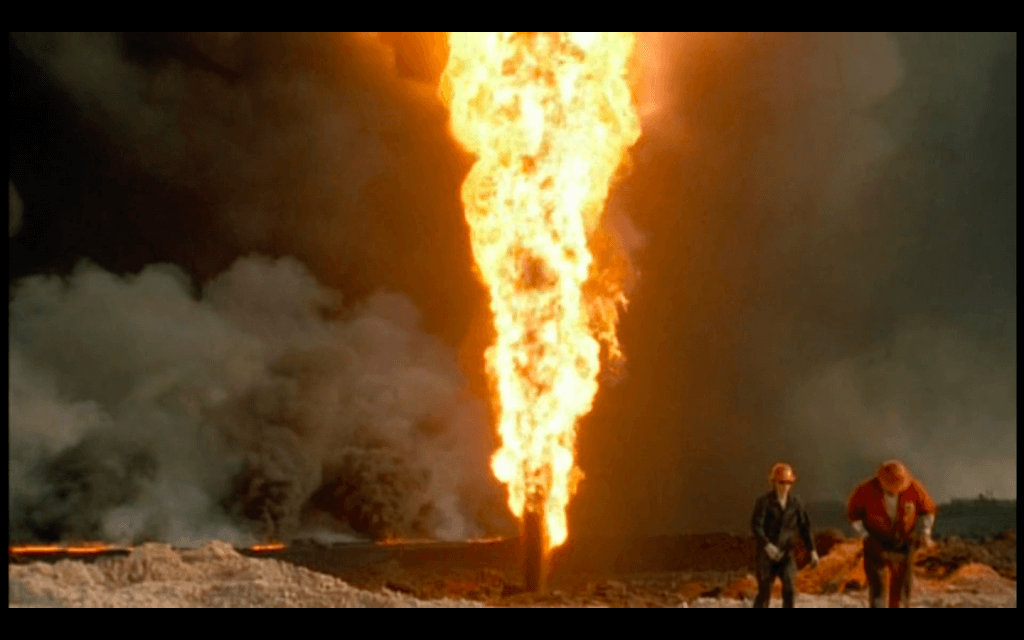
MX 2016, OmeU, 1’, DCP
IMPRESSIONS FOR A LIGHT AND SOUND MACHINE
MX 2017, OmeU, 7’, DCP
OLYMPIA
MX 2018, silent, 7’, DCP
TRANSMISSION / MISFRAMING
MX 2014, OmeU, 5’, DCP
¿HAS VISTO?
MX 2017, silent, 7’, DCP
COYOTE
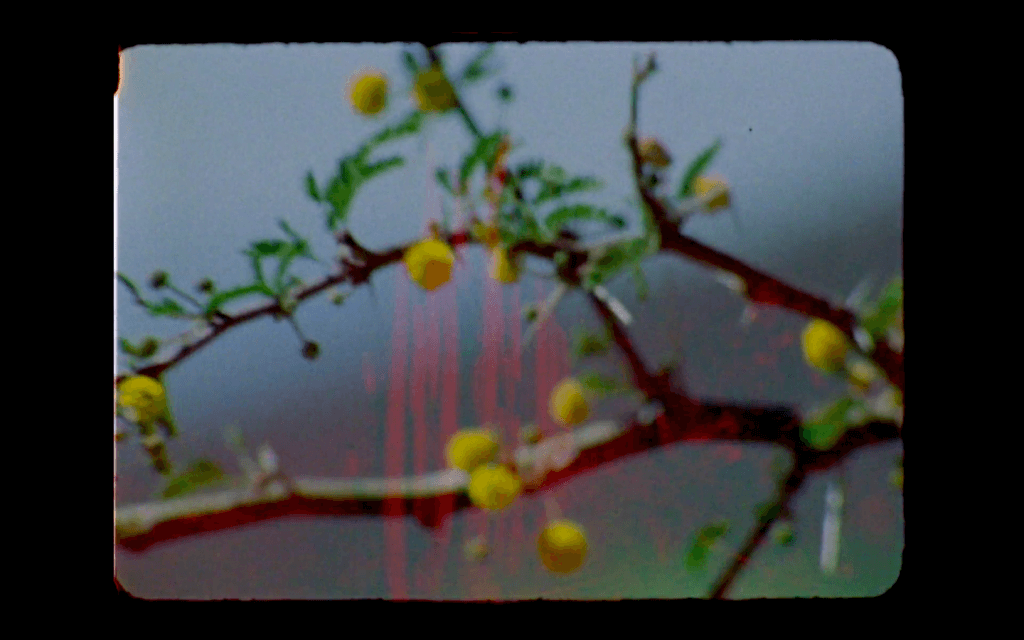

MX 2013, silent, 16’, DCP
DANZA SOLAR
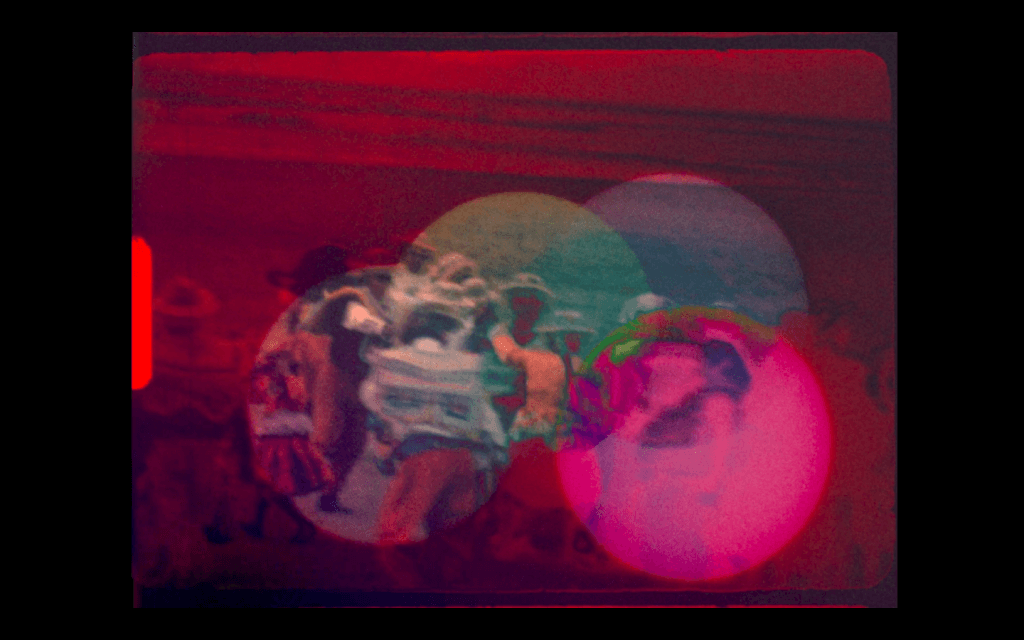
MX 2021, silent, 4’, DCP
GUERRAS FLORIDAS
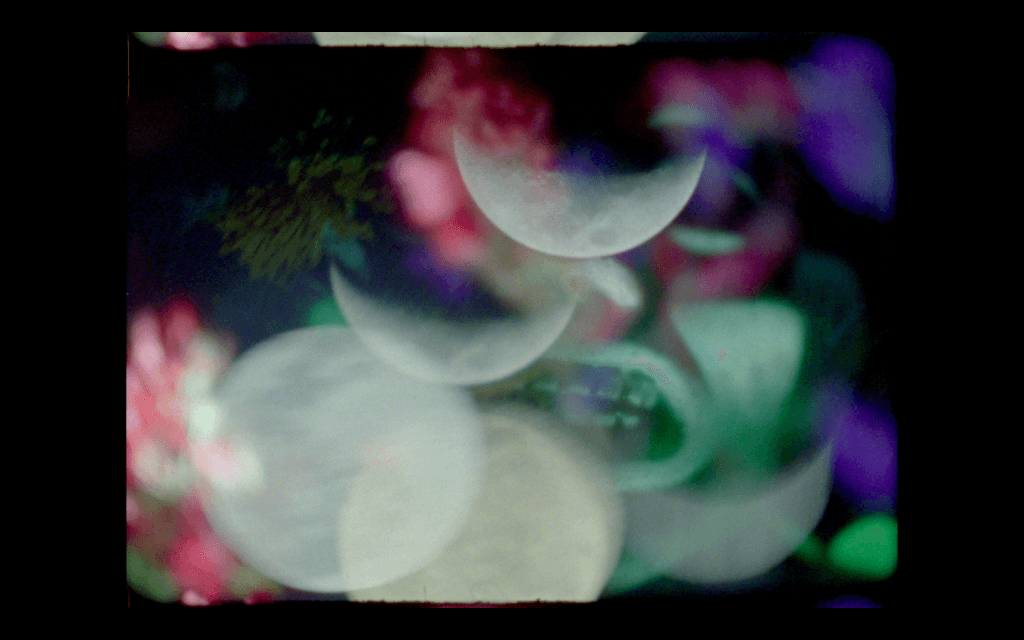
MX 2021, silent, 4’, DCP
EL NIDO DEL SOL
MX 2021, silent, 5’, DCP
SENSEMAYÁ
MX 2021, silent, 7’, DCP
TLÁLOC
MX 2015, silent, 11’, DCP
VISIÓN DE ANÁHUAC
MX 2018, silent, 1’, DCP
Colectivo Los Ingrávidos from Tehuacán, Mexico, is an association of artists founded in 2012 that addresses issues deeply rooted in Mexican society with aesthetic references to avant-garde film movements. The collective arose out of a need to counteract the commercialised and ideologised audiovisual grammar of television and cinema. Politically charged to such an extent and consciously continuing the manifestos of Brazilian Third Cinema filmmaker Glauber Rocha, “The Aesthetics of Hunger” and “The Aesthetics of Dreaming”, they articulate anger and resistance while also creating space for beauty, magic and trance.
Whether as a digital, activist short clip for social media or as a cinematic poem shot on 16mm and presented at major international film festivals, the collective has now produced around 300 works dealing with complex phenomena such as social protest movements, land grabbing, violence by the state and drug cartels, film history, agitprop or mythological narratives. Analogue and digital materials and aesthetics are interwoven, edited, altered and constantly re-examined. This often gives the films a colourful, ecstatic and delirious character.
We are showing a total of 17 works in two programmes, compiled by artist and filmmaker Daniela Zahlner and Dietmar Schwärzler, curator and managing director of the Austrian experimental film distributor sixpackfilm. Presented for the first time at the Viennale 2024.
| Mon 15 Sept 2025 | Schaubühne Lindenfels |
| 9 PM | € 7,5 (6,5 reduced) |
HER FIVE LIVES
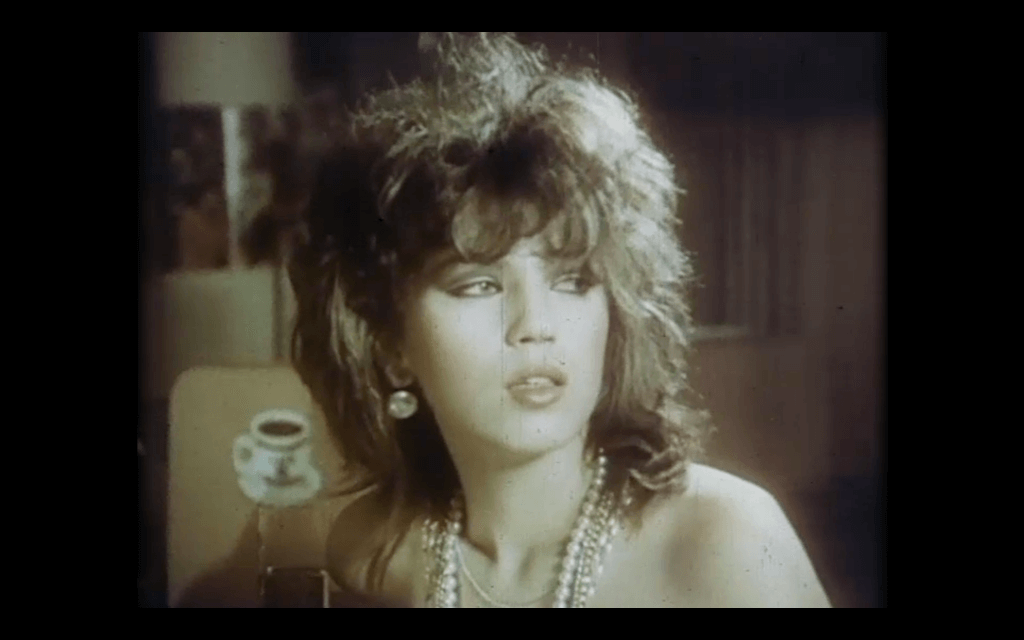
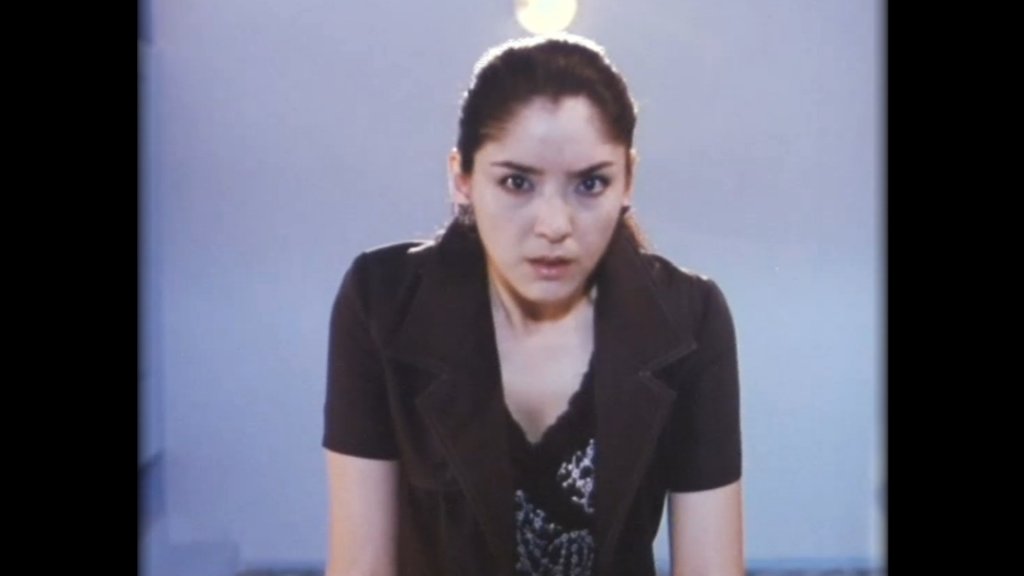

UZ 2022, D: Saodat Ismailova, 13’, no dialogue, DCP
FARANGIS
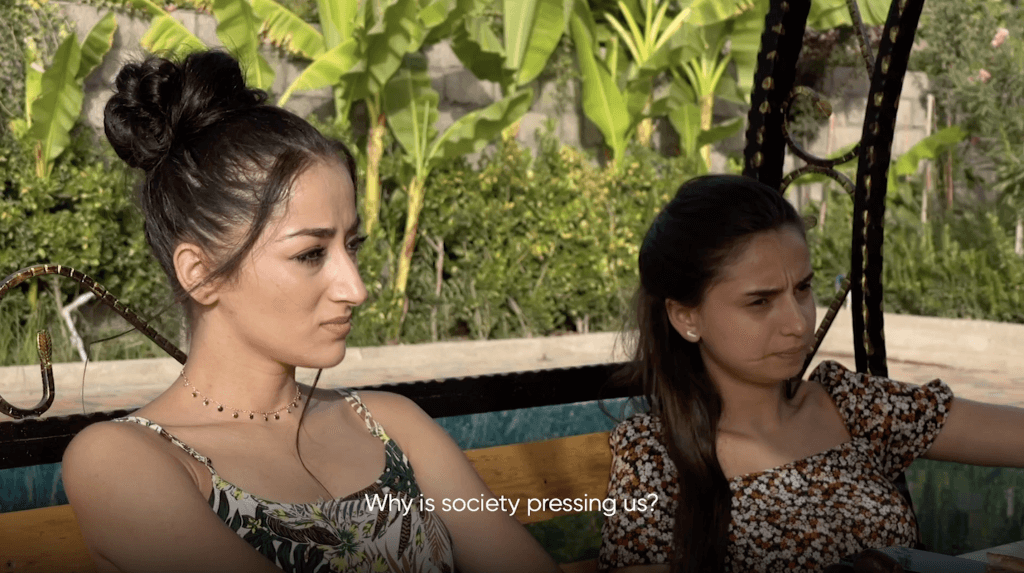
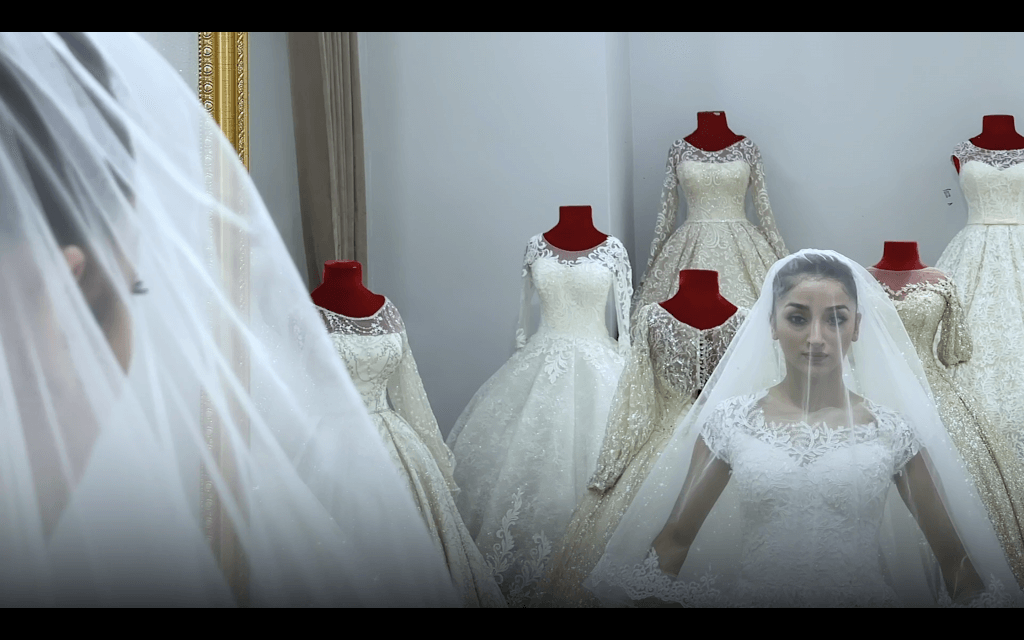
TJ 2022, D: Lolisanam Ulugova, 22’, Russian OV with English subtitles, DCP
AUTONOMY
UZ 2022, D: Zumrad Mirzalieva, 7’, no dialogue, DCP
THE LATE WIND
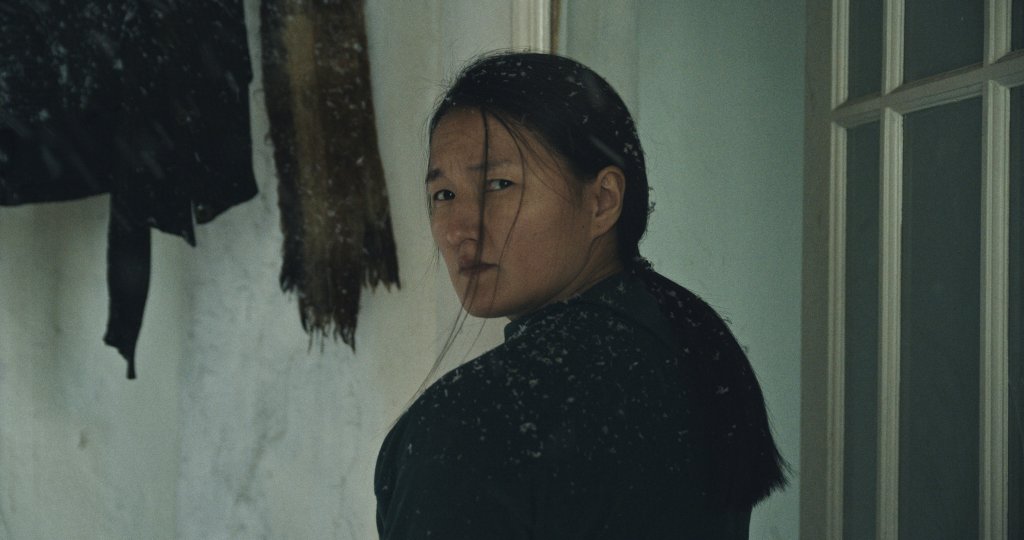

KZ 2023, D: Shugyla Serzhan, 23’, Kazakh OV with English subtitles, DCP
MOSCOW TIME

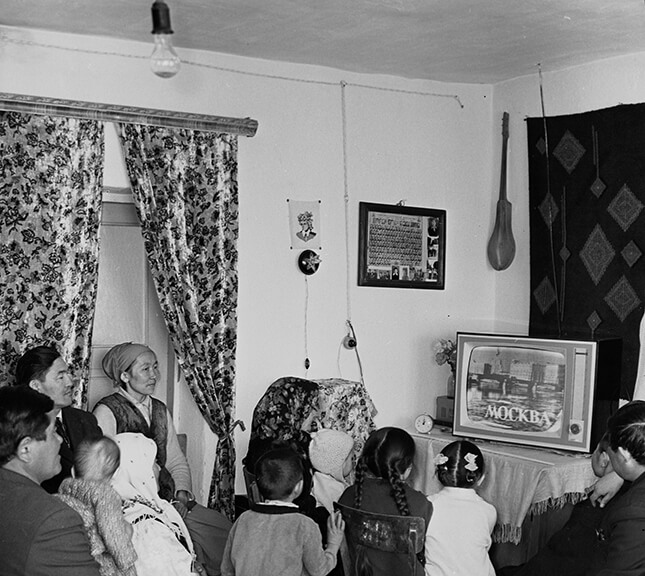
KG 2020, D: Gulzat Egemberdieva, 12’, Kyrgyz OV with English subtitles, DCP
More than three decades after the collapse of the USSR, the geopolitical challenges for the independent and young nations of Central Asia remain – Kazakhstan, Uzbekistan, Tajikistan, Kyrgyzstan and Turkmenistan navigate complex dependencies between the West, Russia and China. Amidst these socio-political tensions, film has become an important mouthpiece for a post-Soviet generation. Female filmmakers in particular are taking a critical look at their social role, which is shaped by both the Soviet legacy and Islam.
Apart from a few independent initiatives such as the Tashkent Film School, however, the region still lacks local infrastructure for film education. Only a few have been able to attend film schools in Europe, the USA or Moscow. Women in particular are disadvantaged both financially and socially when it comes to studying abroad, as in countries shaped by Muslim-conservativism, patriarchal structures mean that women remain subordinate to men. Yet, “women’s emancipation” was once a central political instrument of the Bolsheviks: in 1918, they enshrined gender equality in the constitution and became the first country in the world to legalise abortion. Staged by men, the “liberation” of Muslim women from Central Asia became a popular subject in socialist-influenced films. However, unlike actresses, there were few female directors in the Soviet era (let alone any from Central Asia) – their propagated emancipation ultimately remained limited to a passive and representative role in front of the camera.
Thanks to technological advances and the knowledge brought back by filmmakers from the diaspora, a growing Central Asian film scene has developed over the past two decades, producing remarkable female voices. Borrowing the title of the first short film, HER FIVE LIVES presents five stories by and about women. Probably the best-known filmmaker from the region is Saodat Ismailova, who hails from Uzbekistan and is also internationally renowned as an artist. Her works take a critical and feminist look at the history of her country, as in the short film HER FIVE LIVES, which is entirely composed of archive material. Focusing on Uzbek actresses, she reinterprets the history of women against the backdrop of changing political ideologies in her homeland.
In 2022, Ismailova founded the DAVRA collective with female artists from Central Asia. Among them is Zumrad Mirzalieva, who raises a central question in AUTONOMY: Are there other female role models in Uzbekistan besides motherhood and marriage? Lolisanam Ulugova from Tajikistan examines similar challenges in FARANGIS: her protagonist is a 25-year-old prima ballerina who, under increasing social pressure, must choose between marriage and her dancing career. In THE LATE WIND, Kazakh director Shugyla Serzhan tells the story of a woman whose partner disappears without a trace after she announces her pregnancy, leaving her to face social stigma. In the background, protests against President Tokayev’s energy policy rage in the streets of Almaty, which were violently suppressed by the Kazakh government in early 2022. In MOSCOW TIME, Gulzat Egemberdieva takes a sensitive look at a young girl in a Kyrgyz “ghost village” that flourished during the Soviet era thanks to mining. Her mother lives as a migrant worker in distant Russia – will she follow her when she grows up?
The programme was curated by Azem Bekturova and highlights five voices from a region that has received little attention to date, in which women take a critical look at the past and ask essential questions about their future, while the processes of identity formation and development continue in Central Asia.
| Mo 15 Sept 2025 | Schaubühne Lindenfels |
| 6:30 PM | € 7,5 (6,5 reduced) In the presence of Gulzat Egemberdieva (director) and Tolganay Talgat (director, actress in THE LATE WIND) – in conversation with curator Azem Bekturova |
Personal Focus | SABINE HERPICH
ART COMES FROM THE BEAK THE WAY IT HAS GROWN
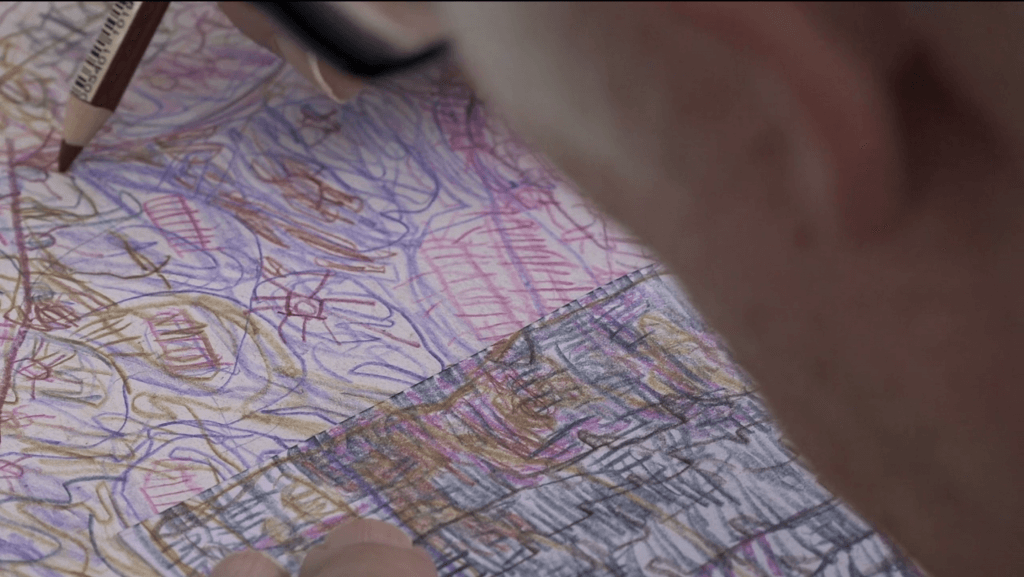



DE 2020, D: Sabine Herpich, 106’, OV with english subtitles, DCP
TASTENDER BLICK

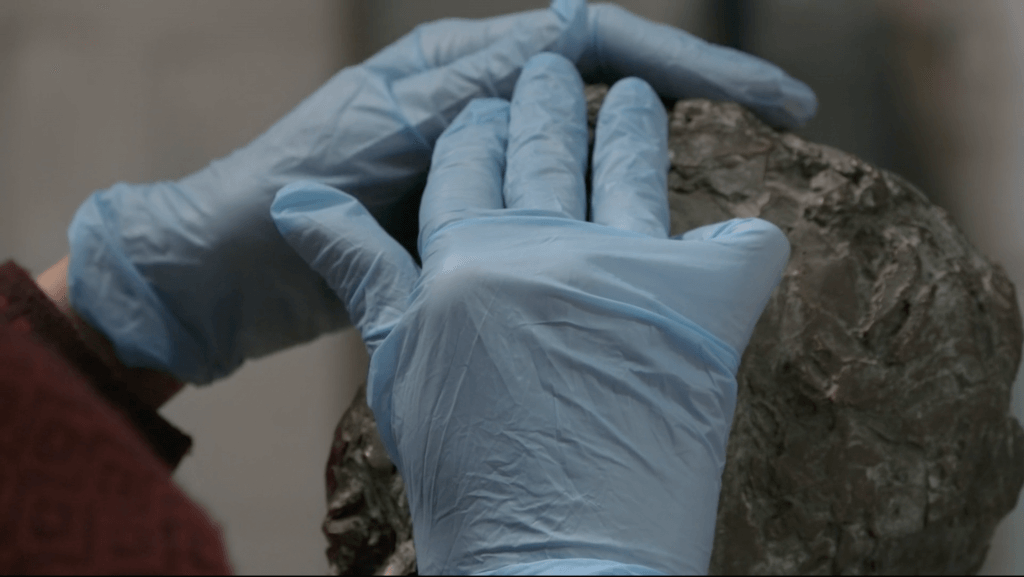
AT/DE 2024, D: Sabine Herpich, Gregor Stadlober, 39’, german OV, DCP with audio description, German Premiere
At the Mosaik art workshop in Berlin, people with disabilities work on their artworks, receiving help from the workshop staff if required – they also help to ensure that the sculptures, drawings and paintings are facilitated, exhibited and sold in galleries. ART COMES FROM THE BEAK THE WAY IT HAS GROWN shows us a social space in which creativity can unfold in a calm, unagitated atmosphere. Finally, we present the German premiere of Herpich’s TASTENDER BLICK. The film follows blind cultural mediator Anja Winter as she plans and organises exhibition and district tours for blind and visually impaired people.
| Sa 14 Sept 2025 | Luru Kino |
| 9 PM | € 7,5 (6,5 reduced) In the presence of Sabine Herpich |
Trailer
Personal Focus | SABINE HERPICH
ULRIKE DAMM IS WRITING
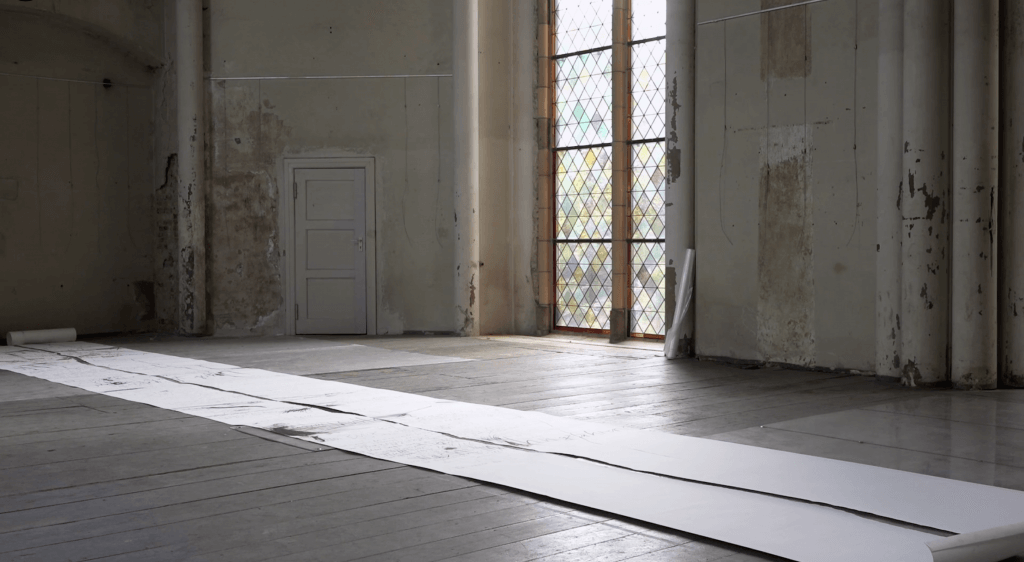
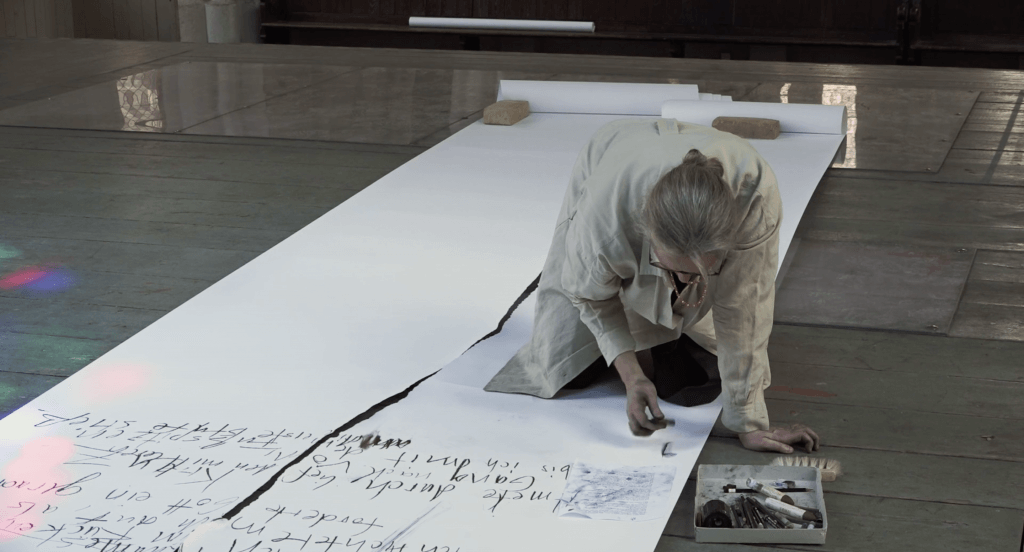

DE 2020, D: Sabine Herpich, 13’, german OV, DCP
AN IMAGE BY ALEKSANDER GUDALO
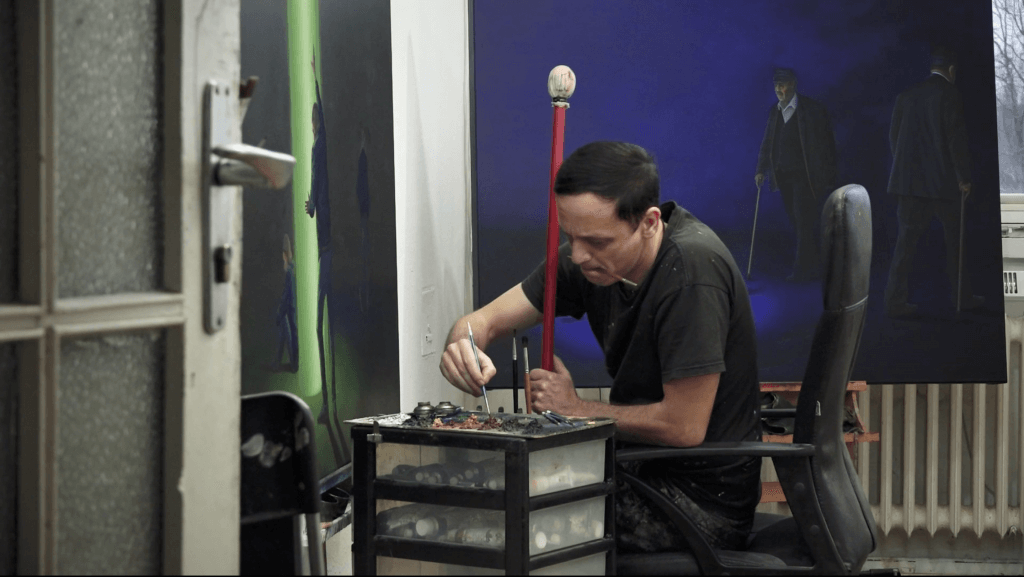


DE 2018, D: Sabine Herpich, 45’, german OV, DCP
AN IMAGE BY SARAH SCHUMANN
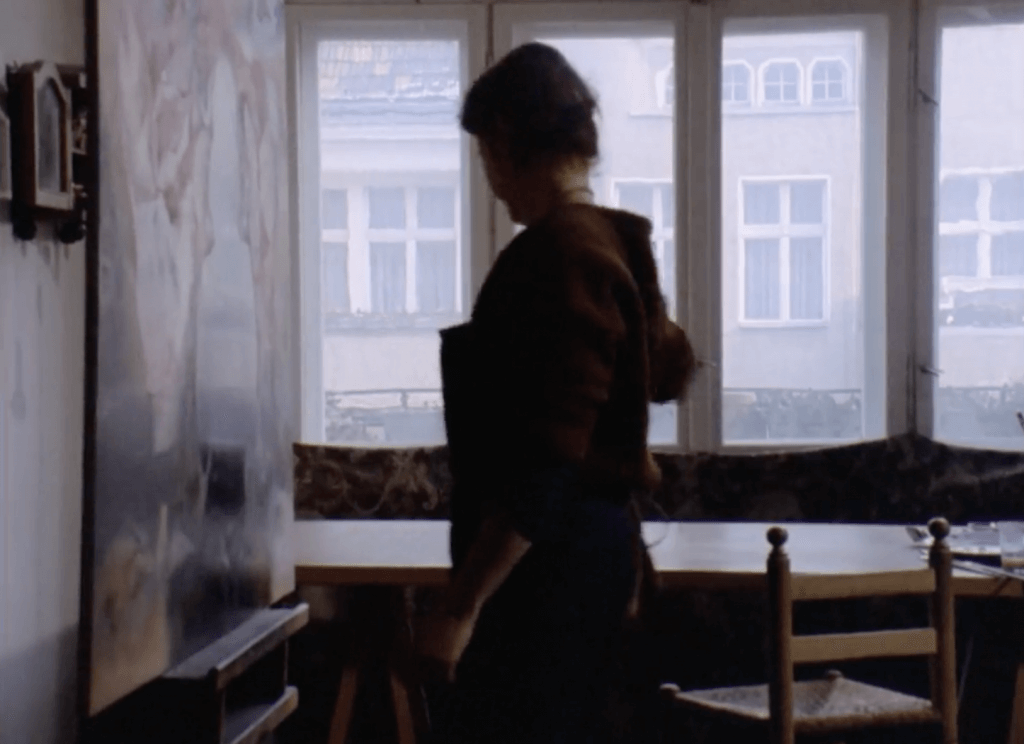
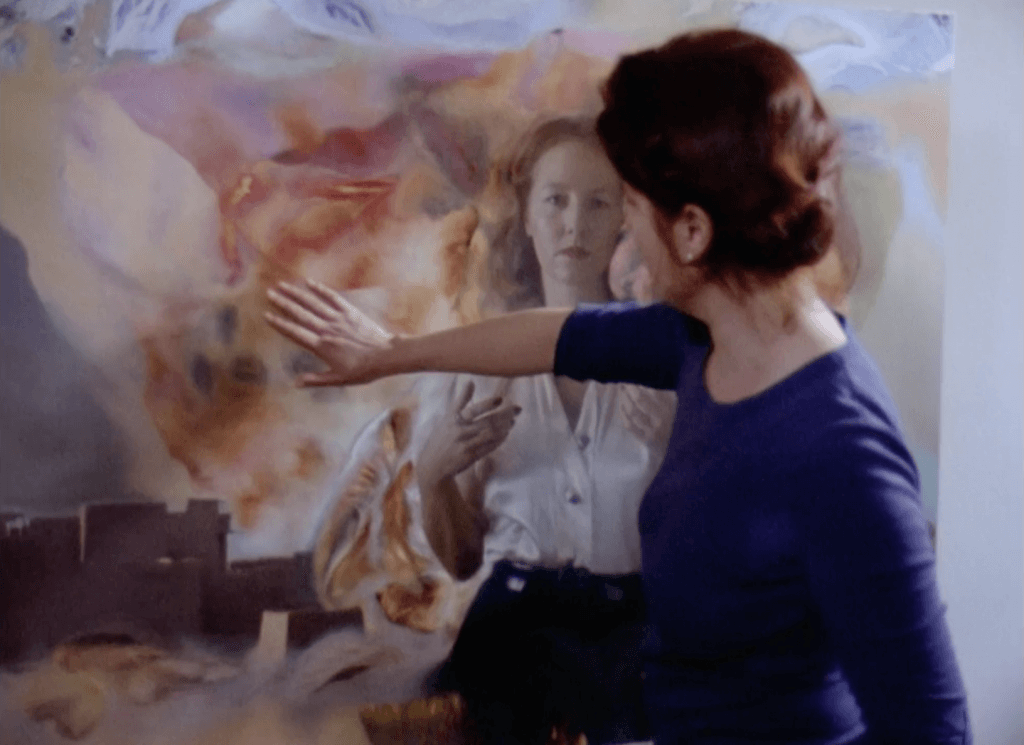
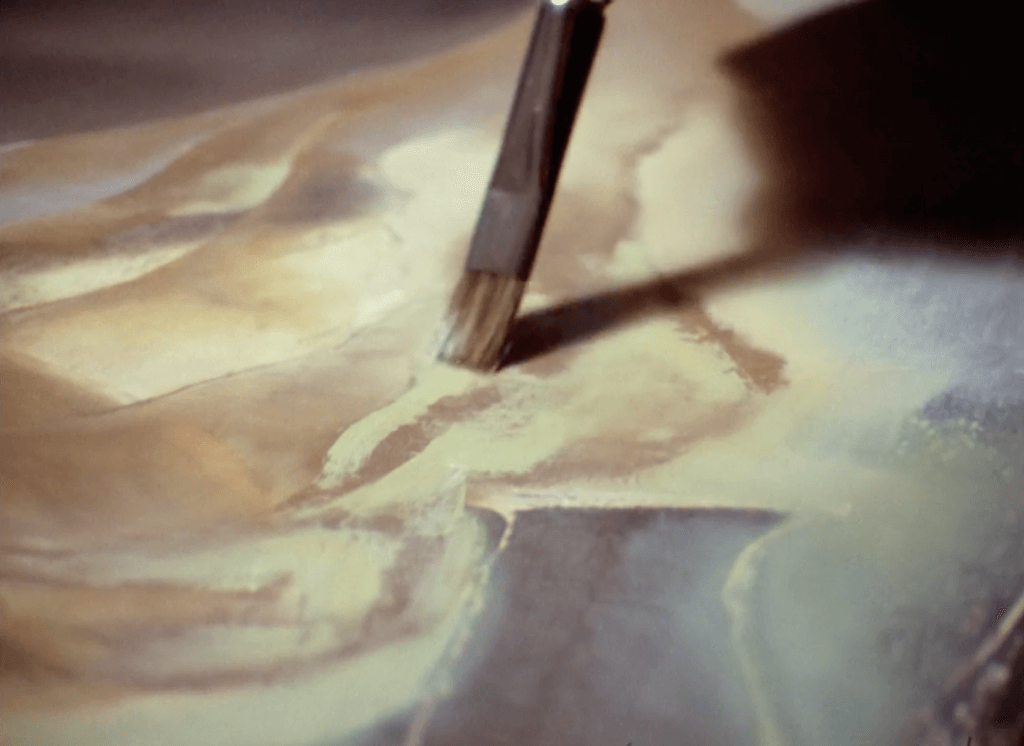

DE 1978, D: Harun Farocki, 30’, OV with english subtitles, DCP
Shorter formats on creative work processes: In ULRIKE DAMM IS WRITING, the artist of the same name spreads out long strips of paper in a church, kneels down – and writes down one of her previously written novels in the form of hieroglyphics. In AN IMAGE BY ALEKSANDER GUDALO, a painting is gradually assembled over the course of three quarters of a year in front of a static camera in the studio – it begins with the construction of the frame and ends with the painter’s signature. The film is inspired by Harun Farocki’s AN IMAGE BY SARAH SCHUMANN, which captures the process of creating a painting by the eponymous artist and here enters into a dialogue with Herpich’s film.
| So 14 Sept 2025 | Luru Kino |
| 7 PM | € 7,5 (6,5 ermäßigt) In the presence of Sabine Herpich |
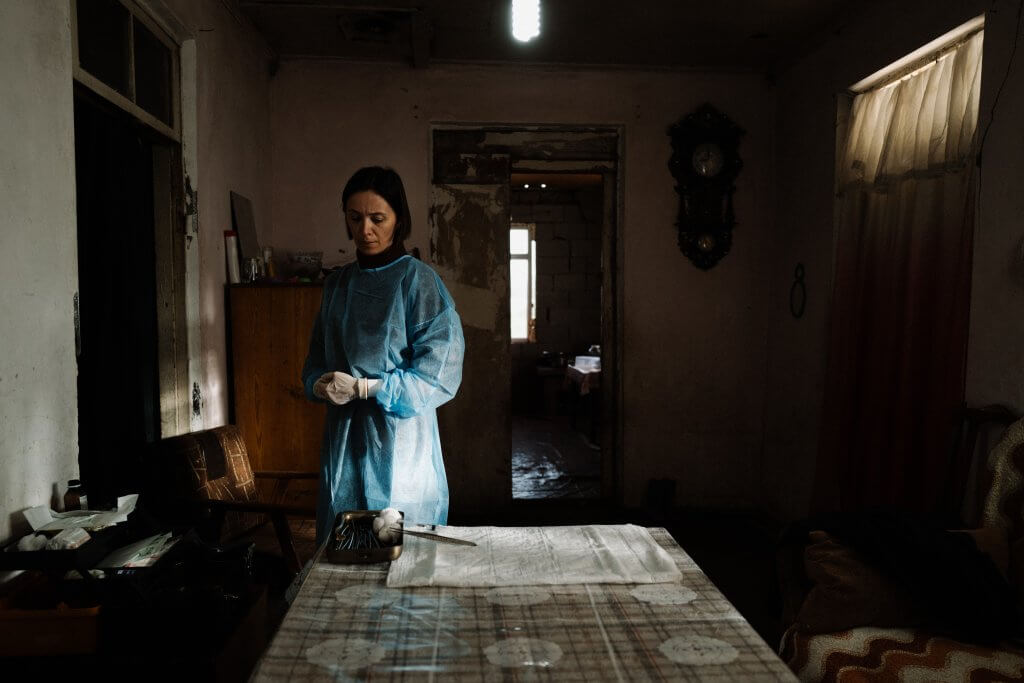
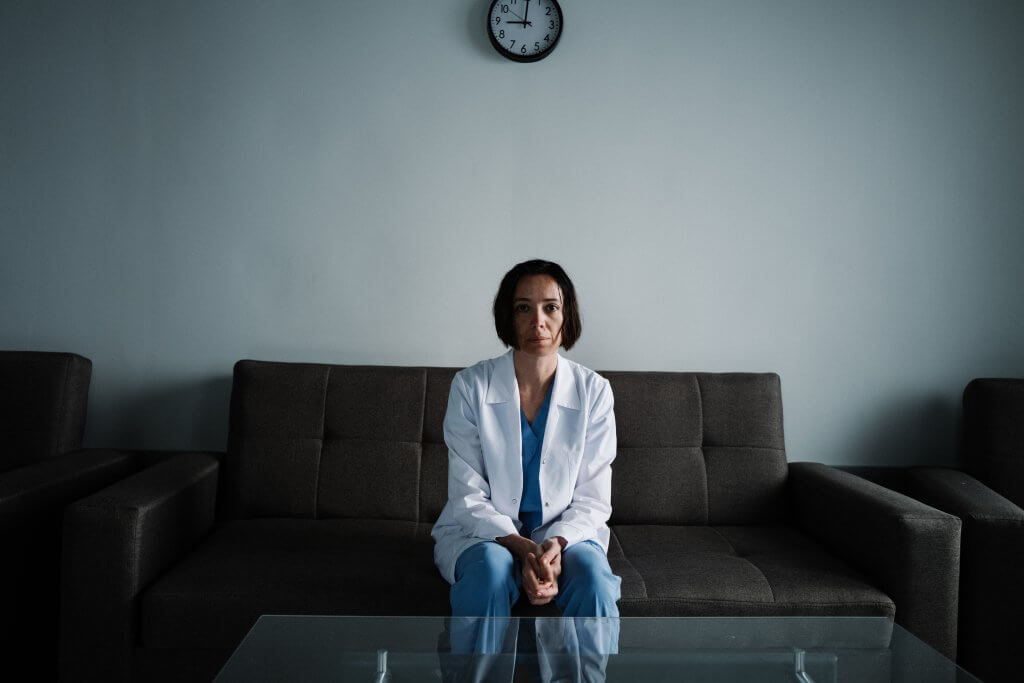
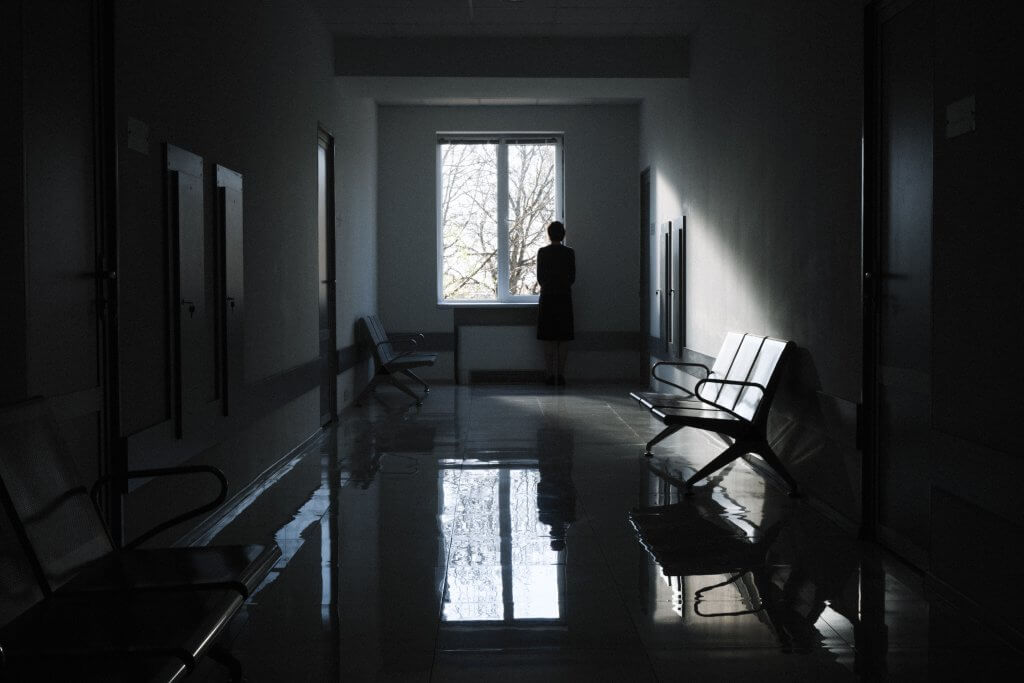
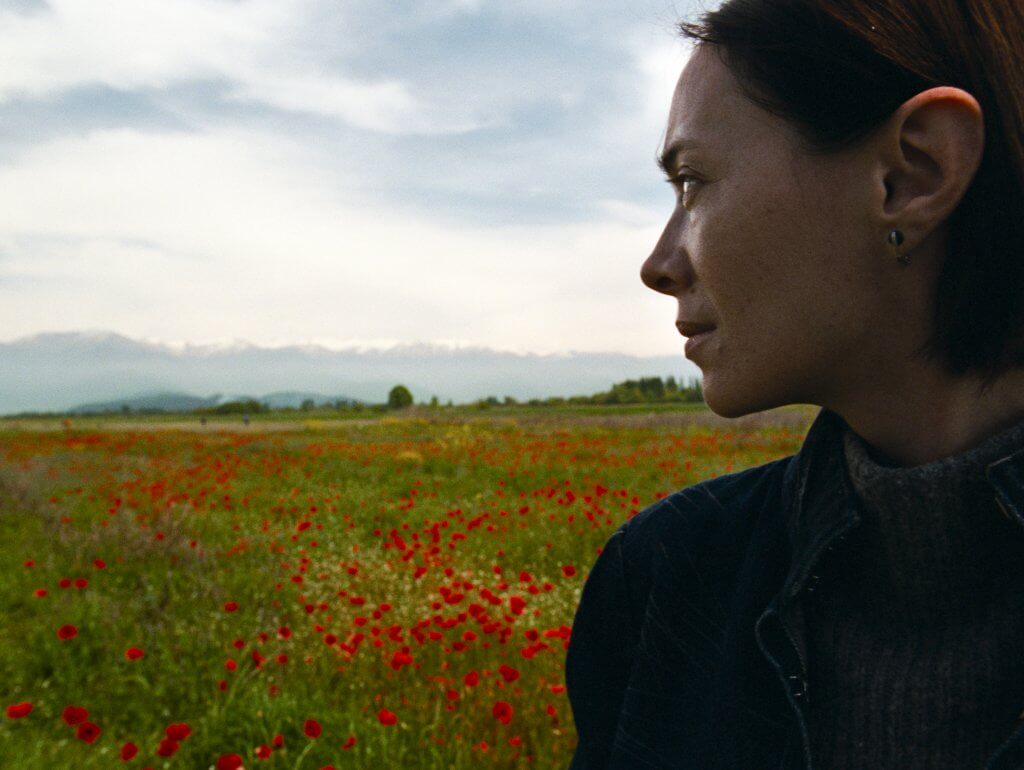
GE/IT/FR 2024, D: Dea Kulumbegashvili, A: Ia Sukhitashvili, Kakha Kintsurashvili, Merab Ninidze, 134’, OV with english subtitles, DCP
After the death of a newborn baby, gynaecologist Nina, who works in a Georgian hospital near the Caucasus, catches the attention from the investigating authorities and the conservative society there. Her additional visits to surrounding farming villages and her performance of secret abortions increasingly become a professional and personal risk for Nina. The contemplative pace and matter-oft-fact cinematography convey both a beautiful poetry and an enormous force, which gives space for quiet resistance while at the same time impressively underscoring the hopelessness of the reality depicted.
| Sun 14 Sept 2025 | Luru Kino in der Spinnerei |
| 4 PM | € 7,50 (6,50 reduced) |
Trailer




